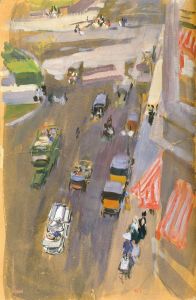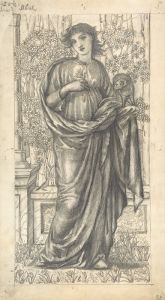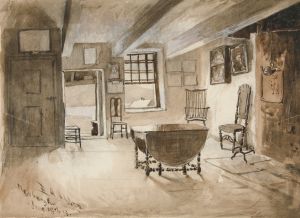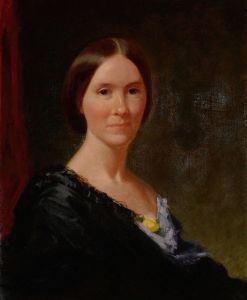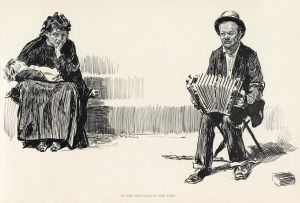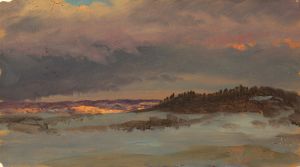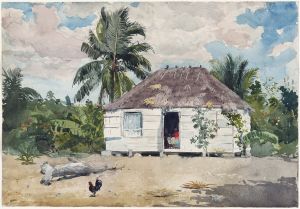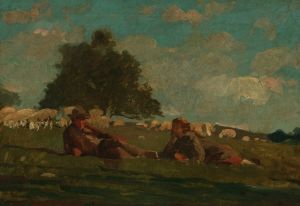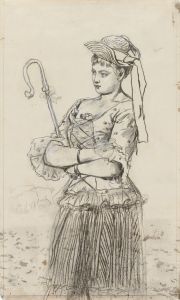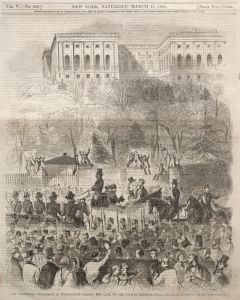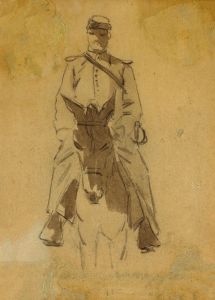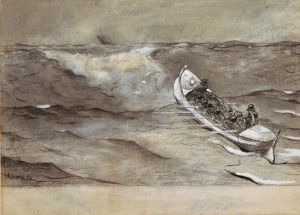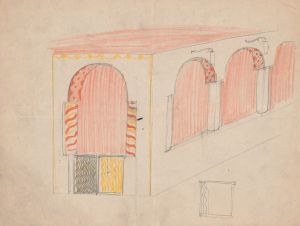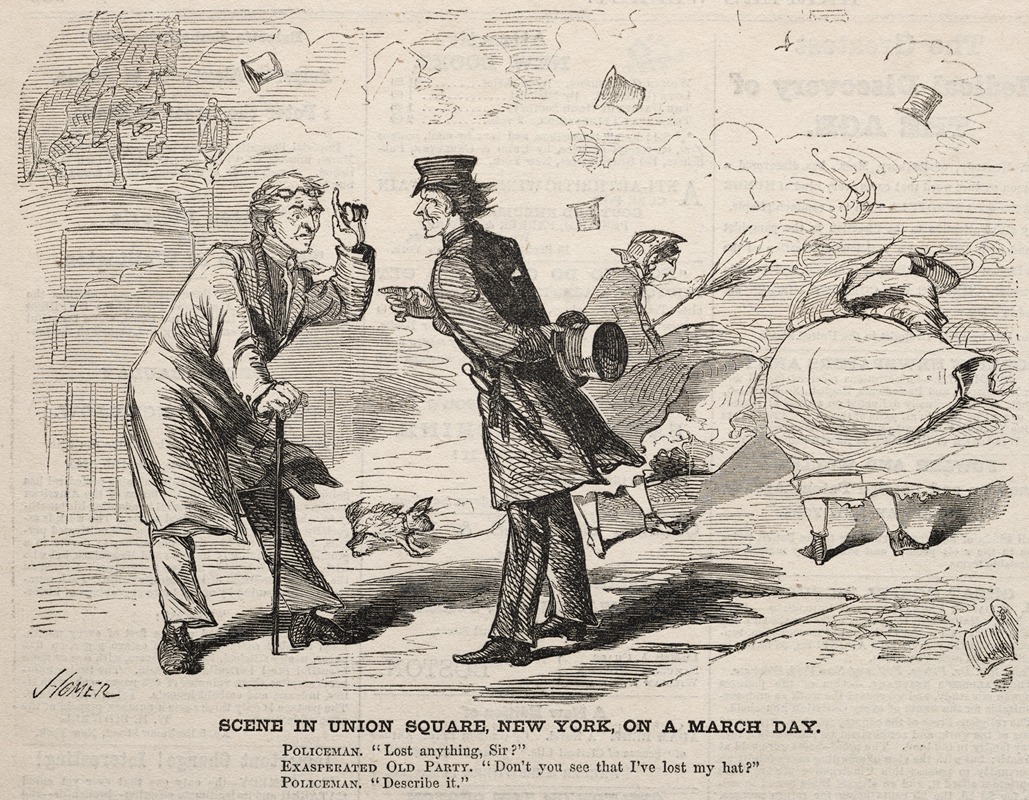
Scene in Union Square, New York, on a March Day
A hand-painted replica of Winslow Homer’s masterpiece Scene in Union Square, New York, on a March Day, meticulously crafted by professional artists to capture the true essence of the original. Each piece is created with museum-quality canvas and rare mineral pigments, carefully painted by experienced artists with delicate brushstrokes and rich, layered colors to perfectly recreate the texture of the original artwork. Unlike machine-printed reproductions, this hand-painted version brings the painting to life, infused with the artist’s emotions and skill in every stroke. Whether for personal collection or home decoration, it instantly elevates the artistic atmosphere of any space.
Winslow Homer, an influential American artist known for his landscape and genre paintings, created "Scene in Union Square, New York, on a March Day" in 1887. This painting is a notable example of Homer's work during a period when he was transitioning from his earlier focus on rural and coastal scenes to more urban settings. The painting captures a bustling scene in Union Square, a prominent public space in New York City, which was a hub of activity and social interaction during the late 19th century.
Union Square, located at the intersection of Broadway and Fourth Avenue, was an important gathering place in New York City, known for its vibrant atmosphere and diverse crowd. In the late 1800s, it was a center for commerce, entertainment, and political gatherings, reflecting the dynamic nature of urban life during this period. Homer's depiction of Union Square on a March day provides a glimpse into the everyday life of New Yorkers, showcasing the city's energy and diversity.
The painting illustrates a typical day in Union Square, with people from various walks of life going about their daily activities. Homer’s attention to detail is evident in the way he captures the clothing and postures of the figures, which reflect the fashion and social norms of the time. The scene is lively, with pedestrians walking, street vendors selling their goods, and horse-drawn carriages navigating the streets. This portrayal of urban life is characteristic of Homer's ability to convey the essence of a place and its people.
Homer's use of color and light in "Scene in Union Square, New York, on a March Day" is particularly noteworthy. The painting features a palette that captures the cool, crisp atmosphere of an early spring day. The interplay of light and shadow adds depth and dimension to the scene, highlighting the architectural features of the surrounding buildings and the movement of the figures within the square. This attention to atmospheric conditions is a hallmark of Homer's work, demonstrating his skill in rendering naturalistic and evocative scenes.
During the time Homer painted this work, he was increasingly interested in exploring themes of modernity and the changing American landscape. "Scene in Union Square, New York, on a March Day" reflects this interest, as it documents the urban experience and the social dynamics of a rapidly growing city. The painting serves as a historical record of New York City during a time of significant transformation, offering insight into the cultural and social milieu of the era.
Homer's ability to capture the spirit of a place and its people has made his work enduringly popular and influential. "Scene in Union Square, New York, on a March Day" is a testament to his keen observational skills and his talent for portraying the complexities of American life. Today, this painting is appreciated not only for its artistic merit but also for its historical significance, providing viewers with a window into the past and a deeper understanding of the urban experience in late 19th-century America.





